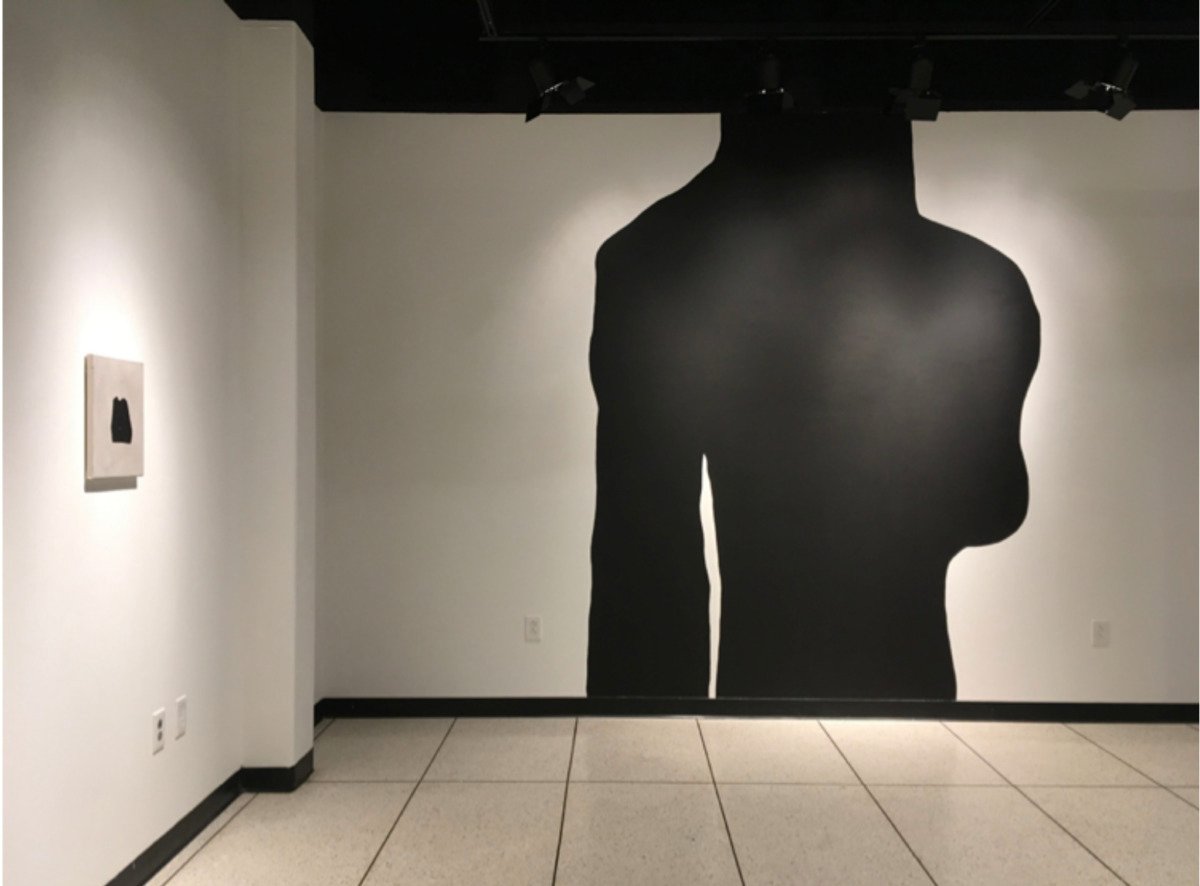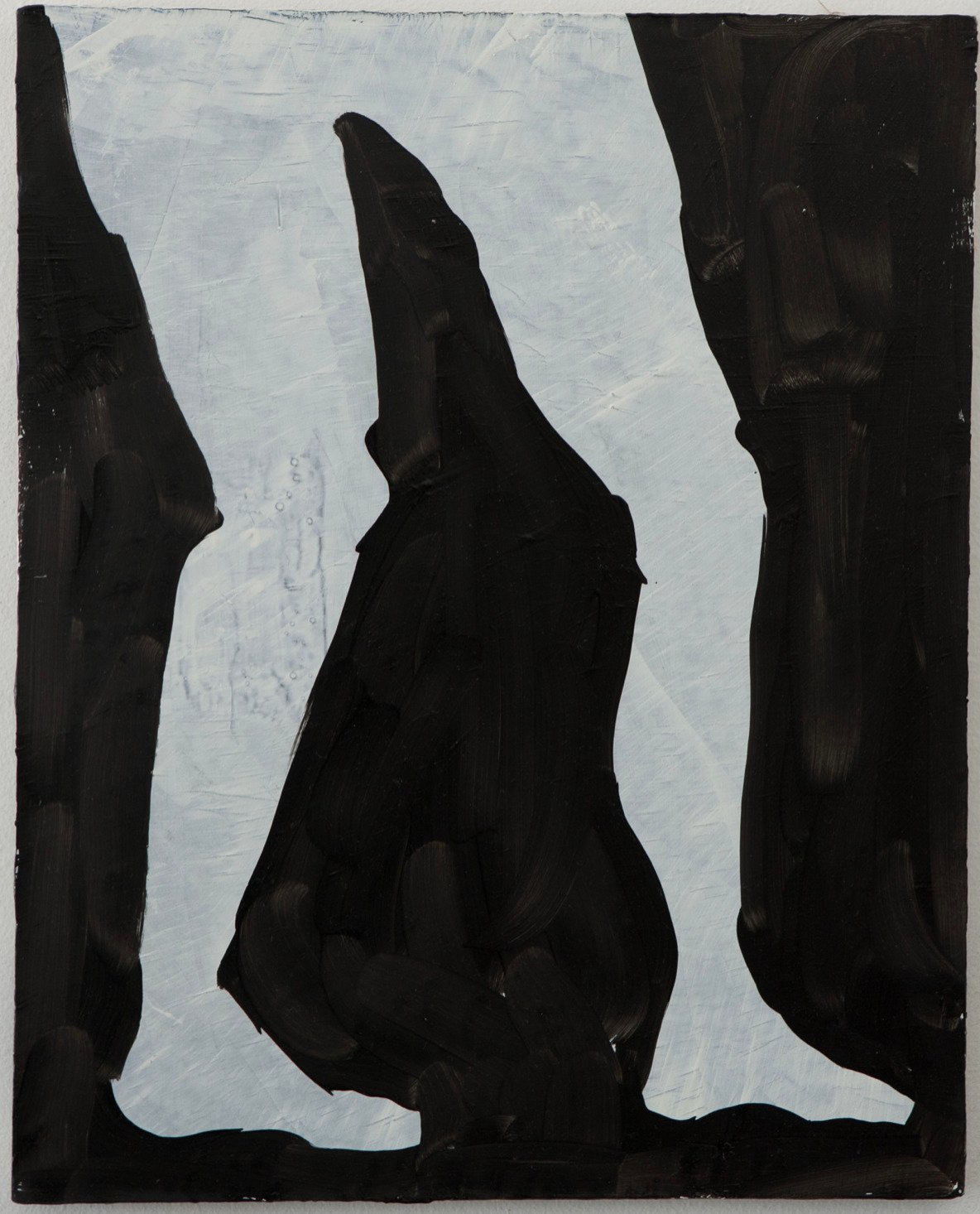
One of the great obstacles to having an innovative creative practice can be a reticence on the part of the artist to step out of their signature style. Having found an iconography that resonates with viewers, collectors, or curators, artists can become trapped in a tendency to simply repeat variations on a theme throughout their careers. Fortunately, Amy Pleasant is not such an artist, and her exhibition at the Mary S. Byrd Gallery of Art at Augusta University, curated by Shannon Morris, is a study in how to effectively explore a range of media without creating the impression that your practice has become compromised.
In an era in which artists are all too often pilloried for beginning to work in new ways—think of Colleen Milliard’s “Are Damian Hirst’s New Paintings Really that Bad?”—Pleasant seems to have little concern for these possibilities. Indeed, viewers enter the gallery to encounter a monoprint, an animation, a site-specific wall drawing, a series of serially based “portraits,” and ceramics on rectangular cedar pedestals painted to suggest the body. Rather than feel like a hodgepodge of pieces, the exhibition is held together by Pleasant’s consistent iconography, proving that it is possible to make a group of works that are internally cohesive while being materially different.

Finding links to art-historical precedents is not difficult: Pleasant wears her influences proudly, from the semi-abstract figuration of Philip Guston to the flat ceramic constructions of Picasso. Two torso drawings suggest the bulbous forms and sensuous curves of Ellsworth Kelly’s abstractions. But that is not to say that her work is derivative, merely to mention that it places itself in a lineage that acknowledges that creativity doesn’t occur in a vacuum.
Pleasant’s fascination with and fixation on the body means that in representing it, she both repeats and recreates it, structuring a theoretical space of difference in repetition. Her career has been built on depicting it in a way in which the individual represents the universal: softly constructed figures standing in for the “everyman” and “everywoman,” leading her to paint images that include the backs of heads, or simply the lower half of a person and the movement of their legs. Of the nineteen total works in the exhibition, nine ink-on-paper works explore hair: Untitled (Hair) I-IX.

Perhaps what works best, and what is best to remember, is that in its academic setting at Augusta University, the exhibition demonstrates that the process of artistic experimentation is what should be valued most. Moving among media, exploring, testing, working, improving, Pleasant establishes very clearly that the willingness to experiment is at least as important—if not more so—than traditional connotations of expertise. So apart from being small, quiet, and overwhelmingly intimate, this exhibition is striking in its openness and positivity. It shows how art always involves risk and how, with commitment, those risks can generate results. Purists might wish for an exhibition that is more media consistent, but those truly committed to thinking about the practice of art more than the process will get it.




